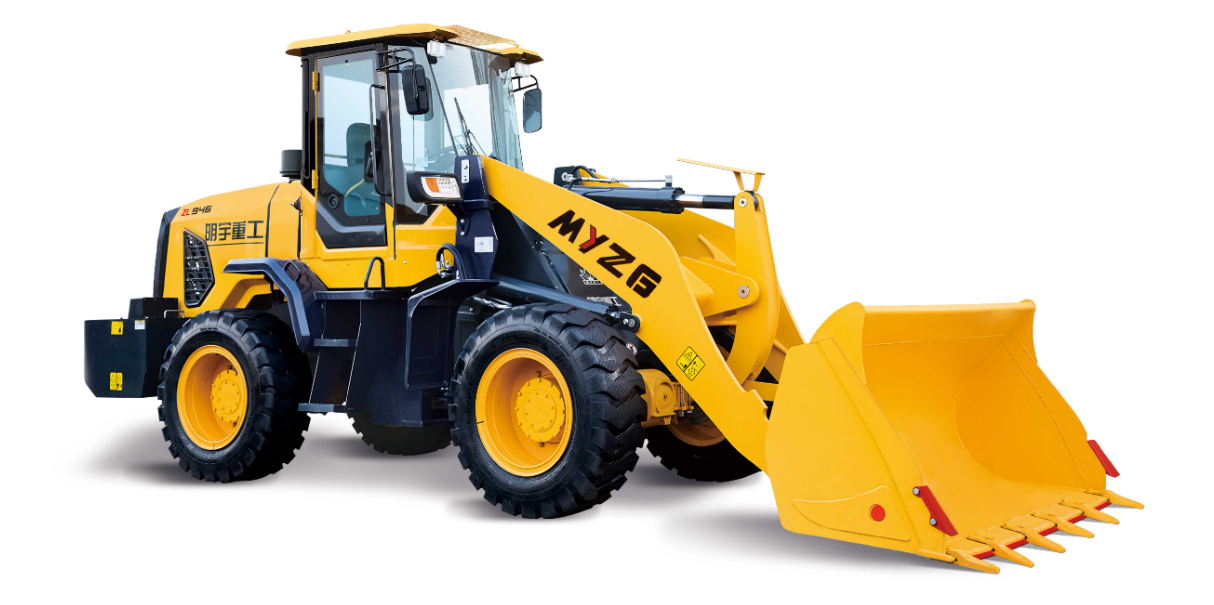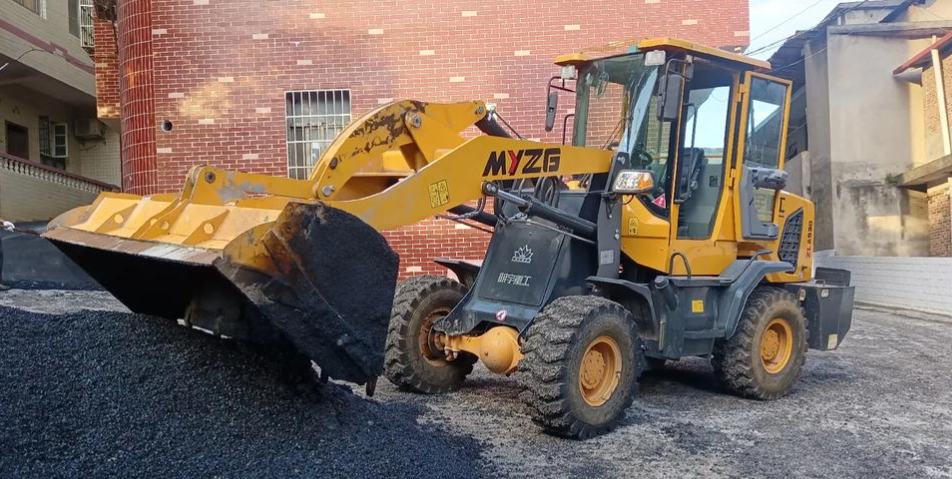Introduction
Wheel loaders are versatile heavy equipment machines commonly used in construction, mining, agriculture, and material handling industries. Their primary function is to load materials, such as dirt, gravel, rock, and debris, into dump trucks or other hauling vehicles. However, their capabilities extend far beyond basic loading tasks.
Core Functions of a Wheel Loader

Material Handling:
1. Loading: The primary function of a wheel loader is to load materials into dump trucks or other hauling vehicles. It uses its bucket to scoop up materials and then dumps them into the vehicle.
2. Unloading: Wheel loaders can also unload materials from trucks or other sources. They can be used to unload bulk materials, such as sand, gravel, or coal, onto stockpiles or into storage bins.
Earthmoving:
1. Excavation: Wheel loaders can excavate materials from the ground, such as dirt, rock, or soil. They can be used to create trenches, level ground, or remove overburden.
2. Grading: Wheel loaders can be equipped with grading buckets to level and smooth surfaces, such as roads, parking lots, and construction sites.
Material Processing:
1. Ripping: Wheel loaders can be fitted with ripper attachments to break up hard, compacted materials, such as clay or asphalt.
2. Loading and Unloading: Wheel loaders can be used to load and unload materials onto conveyors or into hoppers.
Snow Removal:
1. Snow Removal: In regions with heavy snowfall, wheel loaders can be equipped with snow plow attachments to clear roads, parking lots, and other areas of snow.
Key Components of a Wheel Loader
· Engine: Provides power to operate the machine's hydraulic system and drive train.
· Hydraulic System: Generates hydraulic pressure to power the machine's various functions, such as lifting the boom, operating the bucket, and steering.
· Transmission: Transmits power from the engine to the wheels.
· Drivetrain: Consists of axles, differentials, and drive shafts that transfer power to the wheels.
· Frame: The main structural component of the machine, supporting all other components.
· Bucket: The primary attachment for scooping and transporting materials.
· Boom and Arm: The lifting mechanism that raises and lowers the bucket.

Factors Affecting Wheel Loader Performance
· Engine Power: A more powerful engine can handle heavier loads and operate at higher speeds.
· Hydraulic System Capacity: A high-capacity hydraulic system can provide faster cycle times and greater lifting capacity.
· Tire Size and Tread Pattern: The size and tread pattern of the tires affect traction, stability, and ground pressure.
· Counterweight: A counterweight is added to the rear of the machine to improve stability, especially when lifting heavy loads.
· Operator Skill: A skilled operator can maximize the productivity and efficiency of a wheel loader.
Safety Considerations
· Operator Training: Operators should be properly trained to operate the machine safely and efficiently.
· Pre-Operational Inspection: Before operating the machine, conduct a thorough inspection to identify any potential hazards or mechanical issues.
· Safe Operating Procedures: Follow safe operating procedures, such as avoiding overloading the machine, maintaining a safe distance from other equipment and personnel, and using appropriate safety equipment.
· Regular Maintenance: Regular maintenance is essential to ensure the machine's reliability and safety.
Environmental Impact and Sustainability
· Fuel Efficiency: Modern wheel loaders are equipped with fuel-efficient engines and hydraulic systems to reduce fuel consumption and emissions.
· Emission Control: Advanced emission control technologies, such as selective catalytic reduction (SCR) and diesel particulate filters (DPF), help reduce harmful emissions.
· Tire Selection: Selecting the right tires can reduce ground compaction and minimize environmental impact.
Future Trends in Wheel Loader Technology
· Automation and Remote Control: Advanced automation and remote control technologies are being developed to improve efficiency and safety.
· Electric and Hybrid Power: Electric and hybrid-powered wheel loaders are emerging as more sustainable options.
· Advanced Telematics: Telematics systems can monitor machine performance, fuel consumption, and operator behavior to improve efficiency and reduce costs.
Conclusion
Wheel loaders are versatile and powerful machines that play a crucial role in various industries. By understanding their core functions, key components, and safety considerations, operators can maximize their productivity and efficiency. As technology continues to advance, wheel loaders are becoming more powerful, efficient, and environmentally friendly.
Post time:Nov.05.2024
